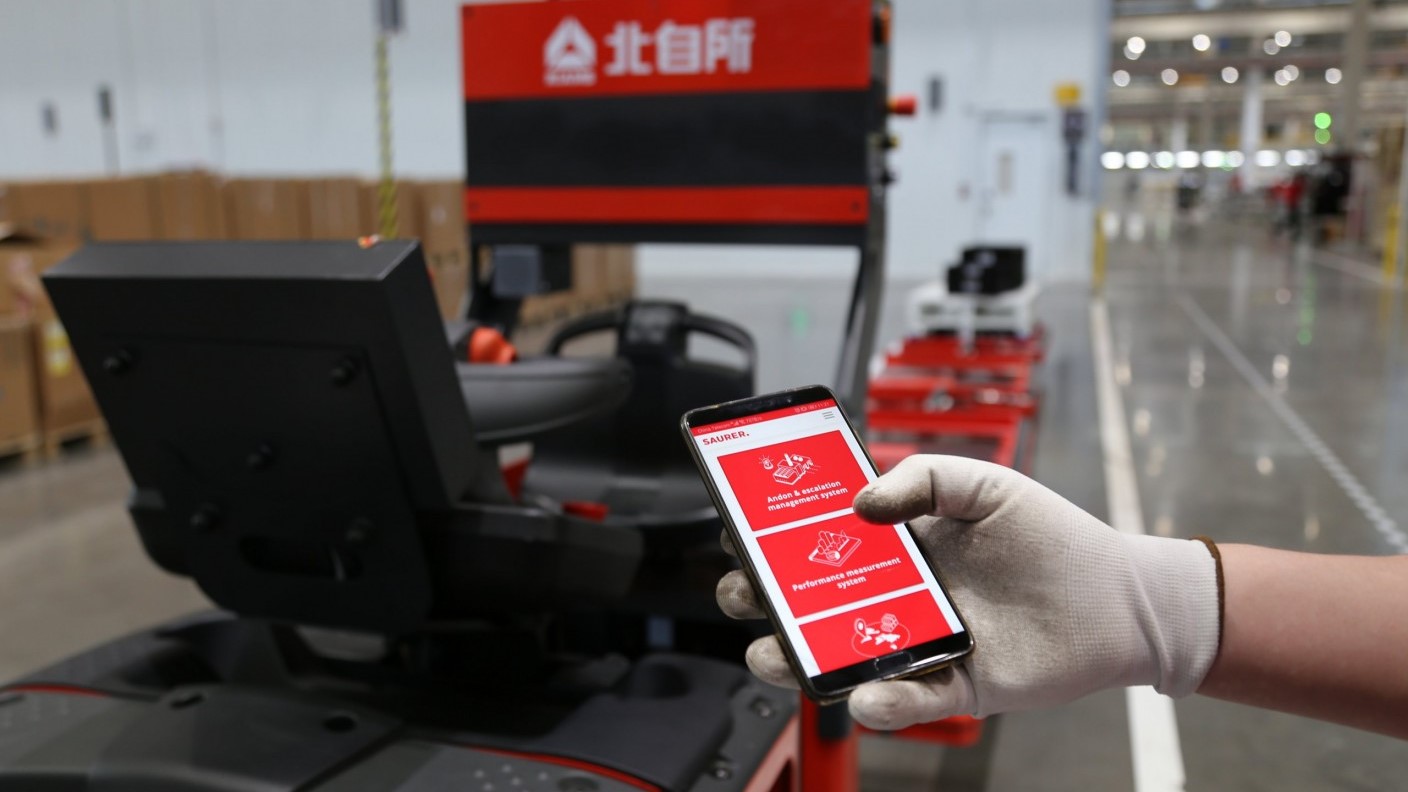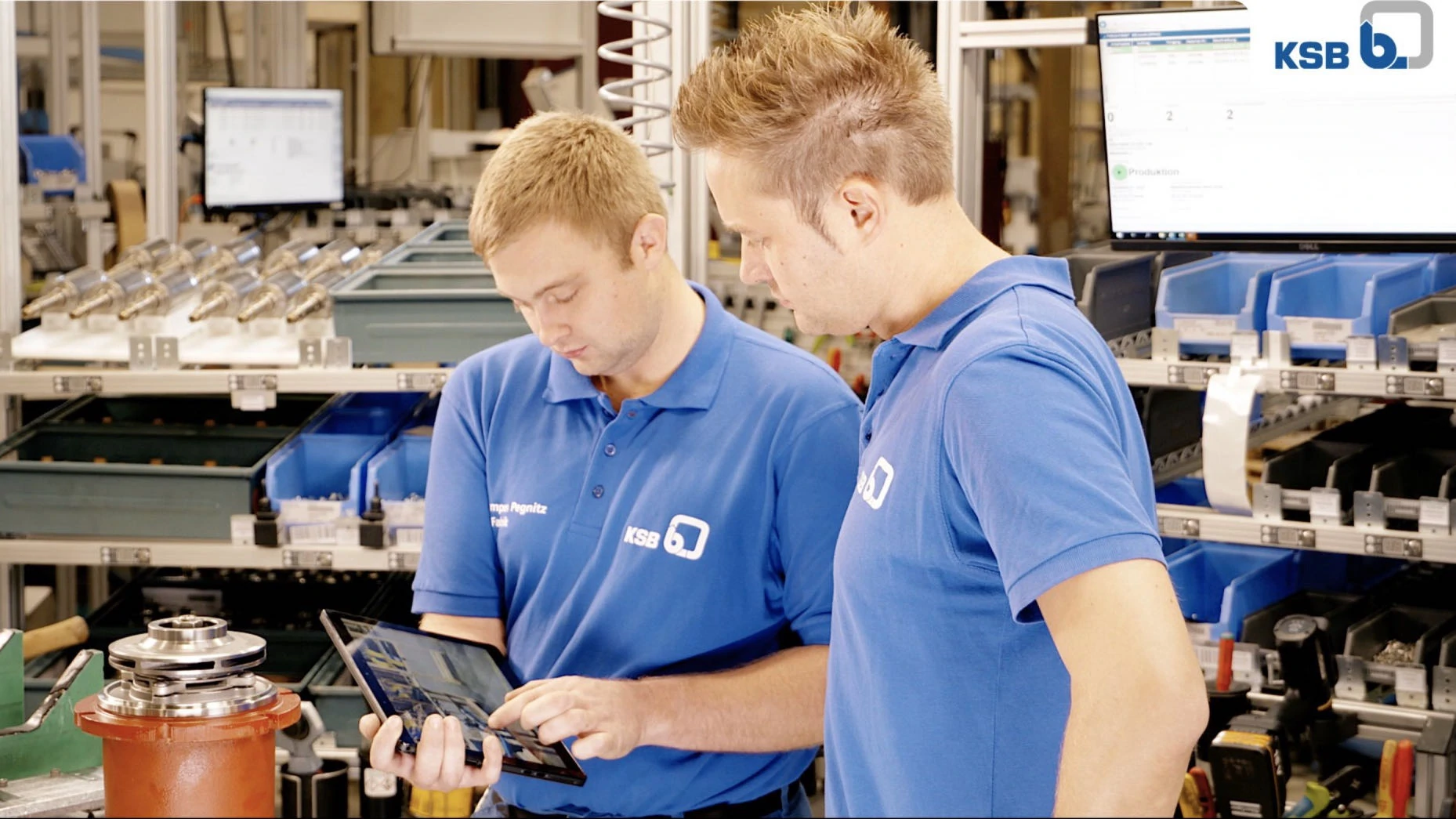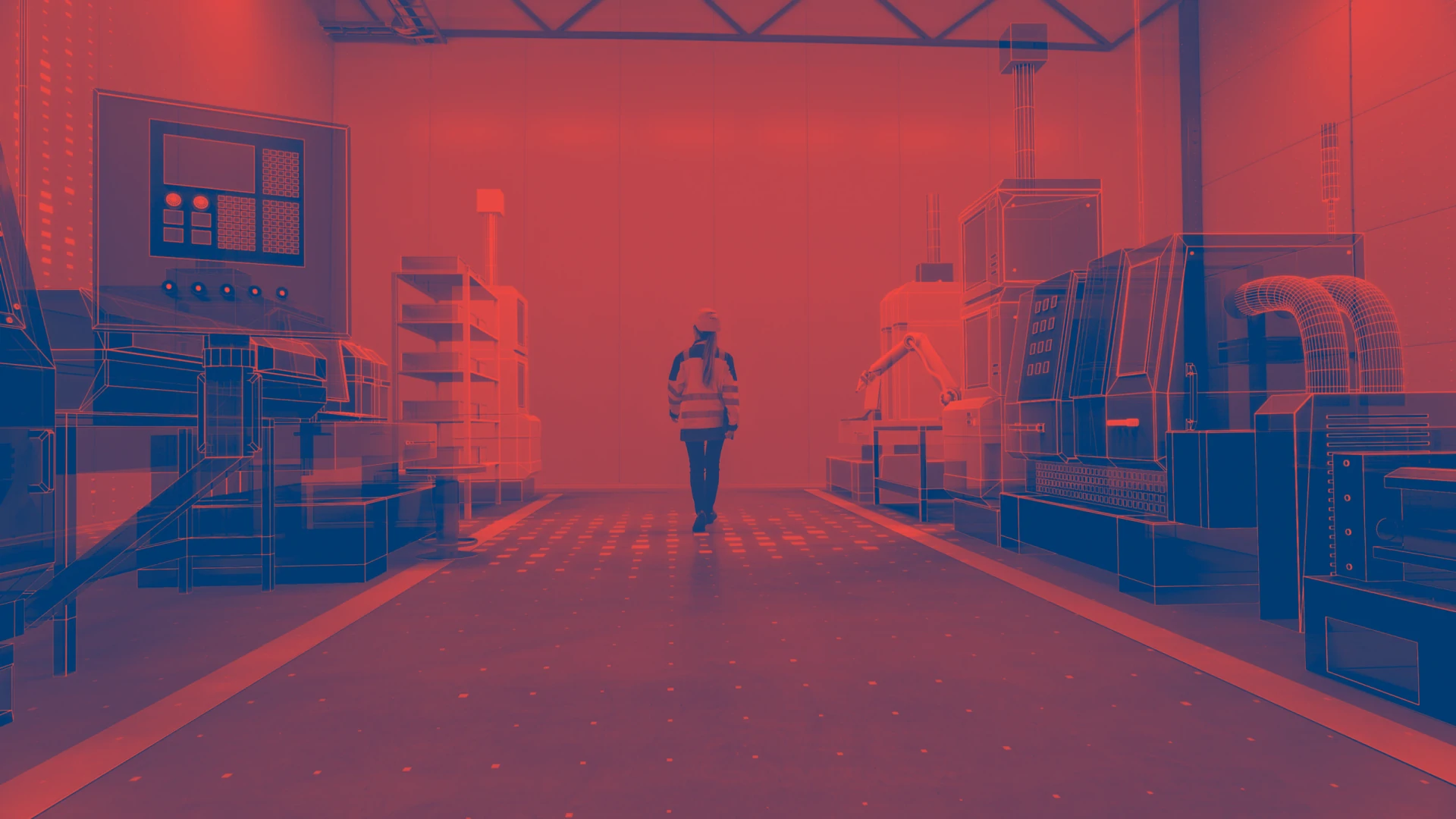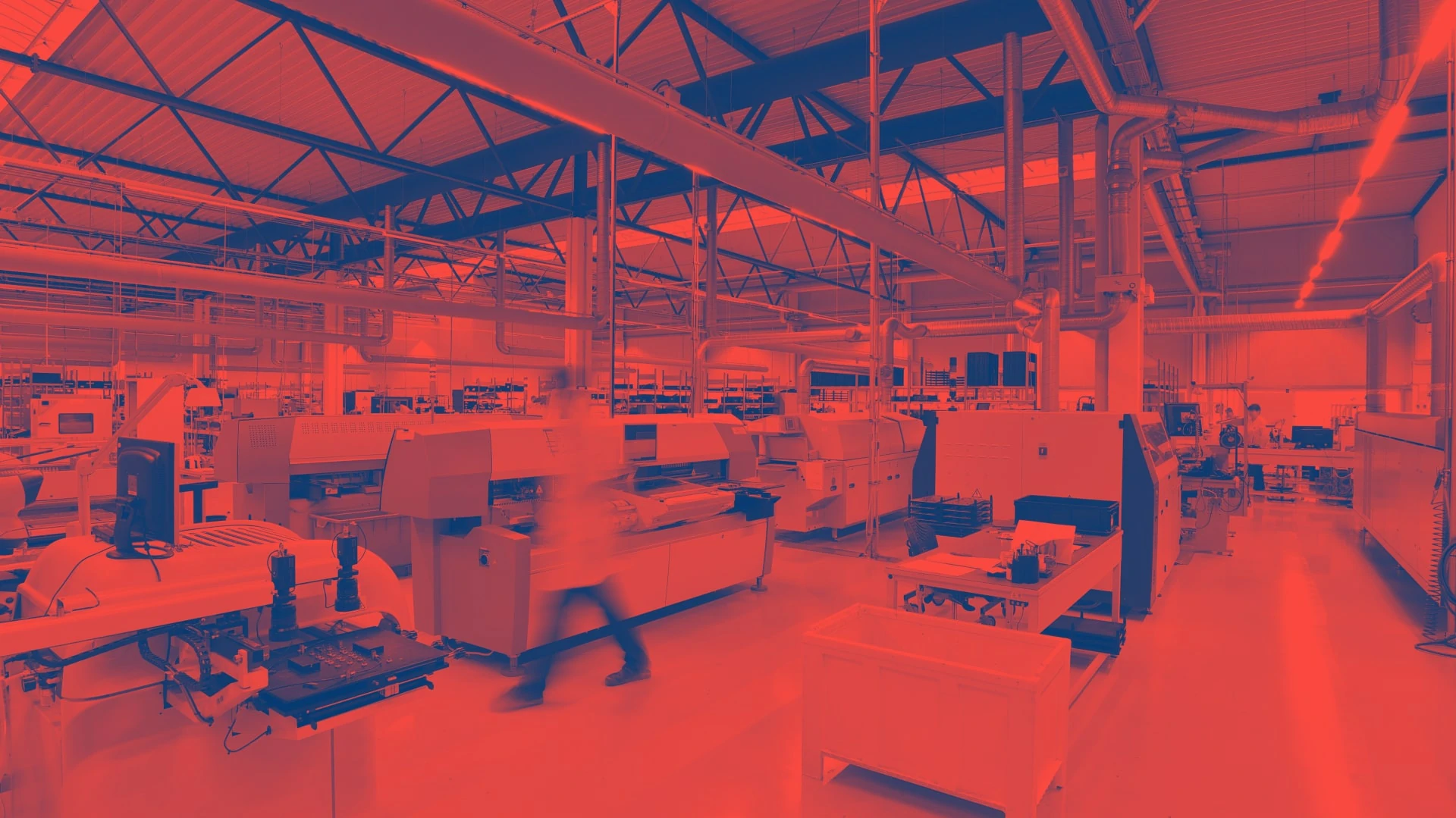A Smart Factory opens up numerous new opportunities for companies: It creates transparency across the entire value chain, enables more efficient processes and allows additional flexibility in times of volatile market requirements. Due to its complexity, the introduction of a Smart Factory presents many companies with a major challenge. But: If companies are aware of the elementary success factors in the transformation process and follow a clear roadmap, the Smart Factory introduction will be a sustainable success.
Transparency of operations, increased flexibility, lower costs: The advantages of a Smart Factory are numerous and ensure the competitiveness of manufacturing companies. At the heart of the Smart Factory is the idea of networking the entire value creation process, from purchasing to sales, and across all systems and technologies. This horizontal and vertical integration forms the basis for any Smart Factory added value. However, due to its complexity, it also represents a major challenge for Smart Factory implementation. Processes from different areas must be mapped in data-permeable systems and the interests of many stakeholders from production, logistics, IT, sales and supply chain management must be taken into account in the best possible way. Existing technologies and processes are being put to the test, and many new technologies and systems are available.
What is needed is a clear roadmap for Smart Factory implementation that puts the end-2-end idea in the foreground. It defines the general goals of the digitalization activities, sets out the organizational framework and provides an overview of the individual steps of the digital transformation to the Smart Factory. The basis for the roadmap is a structured analysis of the value creation process with regard to the current state of digitalization and the useful use cases. Through this, companies find starting points for the individual design of digitalization. The potential of the individual use cases is then evaluated and prioritized by the team. This is how companies get to the Smart Factory in 5 steps.
Apart from the approach, there are elementary success factors to consider when introducing a Smart Factory. Above all, it is important for decision-makers not to be blinded by technologies and visually appealing dashboards. These can indeed bring about a lot of benefits in a company - but only if they are based on lean processes, fit seamlessly into the overall system, and are actively used by a company's employees in day-to-day business and for continuous improvement.
Smart Factory implementation: framework conditions
The first step is to define the boundary and general conditions for the Smart Factory implementation. The classic "WH questions" apply here.
How?
Question number one is: How do companies get started? There are two basic approaches:
Top-down approach
In the strategy-driven top-down approach, the entire operations area is to be fundamentally digitalized. This means that companies need a concrete objective and a series of use cases that are horizontally integrated and thus, ideally, enable more transparent and less wasteful order processing. The prerequisite for this approach is that the implementing company is in a situation where management can promote and enforce such an approach within the company and there is already a fundamental consensus that the operations area should be transformed holistically.
Bottom-up approach
If this is not the case, the use case-driven bottom-up approach is the best way to introduce a Smart Factory. Here, individual solutions are found "where the fire is". The aim is to solve acute problems through individual use cases and thus increase awareness and acceptance of digital solutions among the broad management.
Who?
The second challenge is the question of "who". Generally speaking, the higher up the digitalization projects are hung in the company, the better. In the optimum case, the executive management assumes full responsibility and patronage for the Smart Factory rollout. It is of central importance to also involve the operationally responsible employees from Operations and IT in the transformation process. They are most likely to know which processes require improvement and will later be the users of the new applications. The fact that they accept and understand the new technologies is essential for their effective use.
When?
The question of "when" is quite easy to answer: The sooner companies address the Smart Factory rollout, the sooner they can reap its benefits. Important: Market or personnel-related excuses do not count for putting the topic on the back burner.
What?
The question of "what", i.e., the specific use cases, is certainly one of the most complex. It is closely linked to the question of "why", which gets to the bottom of the central motivation for the Smart Factory implementation: What new customer benefits should the Smart Factory deliver? Customer benefits can lie either in fast throughput times, particularly efficient production or in so-called customized mass production. If the objective for the operations area is clear, specific use cases tailored to the company can be derived from this.
Smart Factory implementation in 5 steps
Many managers fear that a holistic digital transformation could exceed the company's technology knowledge and transformation capacities. With the right approach to Smart Factory adoption, companies minimize this risk. In the table below, we explain how companies proceed when introducing a strategy-driven Smart Factory.







